|
You almost have to be a Super Hero to make more than 3 changes in your life at any one time. Over the years many people have asked me how they could eat better, snack less, avoid eating seconds at dinner time, not binge so much at receptions, lose their sweet tooth and so forth. One thing I discovered is that even if a person is given perfectly stylized, guaranteed solutions, even the most dedicated person has problems making over 3 changes in their life at one time. That is why the Power of Three works. The Power of Three is finding three small changes you think would be helpful and easy for you to make to eat better. The important thing to do is to focus at defusing your diet danger zone, whether it be dinners, snacks, parties, restaurants, or work. All you need to do is to choose no more than three small (100 calorie or so) changes in your daily food routine that you would like to make. Why only three? Most diets fail because they ask us to do too much. Three small changes is more reasonable. If we make these three small changes, by the end of the year we will be as much as 30 pounds lighter than we would be if we did not make them. You start by first identifying your Dietary Danger Zone. There are five Dietary Danger Zones that trip up most people (meal stuffing, snack grazing, desktop/dashboard dining, party binging, etc.). Most of us are guilty of all of them. However, at this specific moment, there is one of them that is most troublesome in your life. The divide and conquer idea here is to only focus on this one specific area this month. Next, you choose three small changes you could make in that one area for 30 days. After that point, you tackle the next Dietary Danger Zone that is most problematic for you. It might be the same one or it might be a different one. You find three small changes to make, you keep them for a month, and after a month you can either stop doing them, or continue. For instance, say that you suspect that meal stuffing is the biggest problem you have. Simply decide on 3 little changes you could make at meal time that you think could help you eat just a little big less. That is, changes that might help you serve less, or help you not go back for seconds, or eat a little better. For instance, you might say to yourself that you're going to use smaller (9 to 11-in) plates, pre-plate your food before sitting down at the table, and use the Half-Plate Rule. You do each of these each night for dinner for a month. After a month, you go to the next most troublesome Dietary Danger Zone. You don't have to do any one thing for more than a 30 days unless you want to. If you've decided which Dietary Danger Zone you want to tackle this month, you'll find lots of ideas on this website. Here's starting points for your home, your workplace, when you're shopping, and eating out. If you need more, Mindless Eating and Slim by Design have even lots and lots more. You might want to start your first month off by taking three daily changes off of our 10-point Kitchen Scorecard below. It does not matter what changes you choose, just do not get over ambitious and choose more than three. The more you try to tackle right away, the more difficult it will be to keep track of them. The whole key is to keep this mindless. Good luck. I look forward to hearing how it goes.
1 Comment
There once was a legendary, larger-than-life professor. If Marvel’s 137th movie of this year is named UltraProf, it would be based on John Shank. He taught a dry subject (think Accounting), but his charisma and his orchestration of his class made each class session seem like 60-person David Mamet plays. Every class had passion, drama, and some surprising reveal at the end that people still talked about ten years later. Here’s a quote:
Although the opposite is true, some believed he was only about style. This is because he wore Brooks Brothers braces, walked with a MVP swagger, drove a Dartmouth green sports car, and he had a runway model wife who was like some VP of Finance somewhere. His office was professionally-decorated with French draperies, super-thick Dartmouth green carpeting, and a massive 18th century French desk which sat in the middle of the room so his desk chair could face the doorway. Even his two huge perfectly groomed dogs were effortlessly well-mannered. On Saturdays he’d come to work, and they’d sit on either side of his desk and face the door. They were like lions on either side of a throne, and he was like Odin . . . or John Wick. His dogs keep eternal vigilance. My dog wets on me and then licks my face. This was 1992. Because he had about the highest MBA teacher ratings at Dartmouth's Tuck School and I had about the lowest ratings, he let me sit in on his classes so I could suck less . . . so I could learn better teaching strategies and classroom management skills. One Saturday during a Tuck alumni reunion, I stopped by his office and told him I had overheard some alumni who were still talking about what they had learned in a class they had taken with him 10 years earlier. He looked up over the top of his half-glasses, and said, “That’s what they’re supposed to do. It means I’ve done my job.” He said his goal isn’t to teach students to get a great first job (or to, analogously, get a high score on the GRE or MCAT), his goal is to teach them to succeed for wherever they will be in 10 or 20 years. Although he got outstanding teaching ratings, he brushed them off by saying that teacher ratings mainly measured the moment – they mainly measured the warm feelings a student had at the time. Ratings might capture style (which he was very good at), but they may not always measure long-term substance. I regret that I never had the presence of mind to ask him how he did it -- how he knew what long-term impact to aim at. Since he was on boards and did a lot of consulting with upper management, I suspect he taught his courses like he was teaching board members and upper management. That is, when he was teaching, he treated them like they were high level managers. That’s one way to do it. Ten or fifteen years after I left Dartmouth I was in Boston, and I rented a car to drive up to visit John. I wanted to thank him for being so generous, and I wanted to prove to myself that his office, desk, and dogs were as amazing as I remembered them. There was a different name on his door. I was too late. I later learned John Shank had passed away in 2006 in a car accident in Southern California. I love the idea of trying to teach for a long-term impact. It’s like trying to create long-term memories. I sometimes think I can remember everything John said to me because he was always so intentional with every conversation. Just like he was with his classes. At the next reunion, if his former student’s aren’t talking about what they learned 30 years ago, they’ll be talking about how hard he tried. That itself was a great lesson. |
Welcome!Here are some tips, tricks, and secrets on how you and your family can eat to be healthier and happier. They're based on over 30 years of our published research.
Fun InterviewsMost Visited Last Month• For You
• Smarter Lunchrooms • The X'Plozionz Band • Help your family • Kitchen Scorecard • Retracted papers • Grocery secrets • Do kids inherit taste? • Be healthier at work • How not to retire • Estimating calories • Restaurant Secrets • Syllabus template Top 2024 Downloads• Kitchen Makeover
• Smarter Lunchrooms • Smarter Lunchroom Scorecard • Grocery Shopping Hacks • Restaurant Secrets • Write a Useful Syllabus • Workplace Wellness Tips • Healthy Profitable Menus Categories
All
|
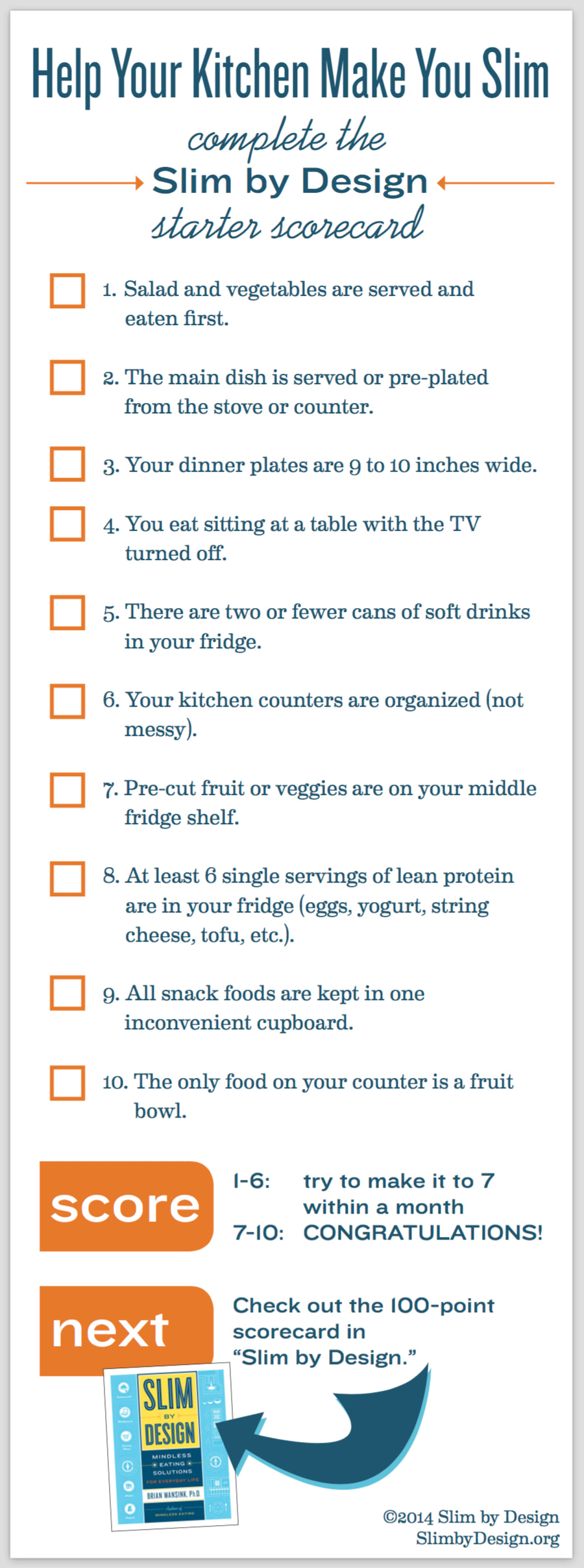
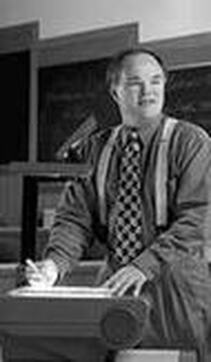
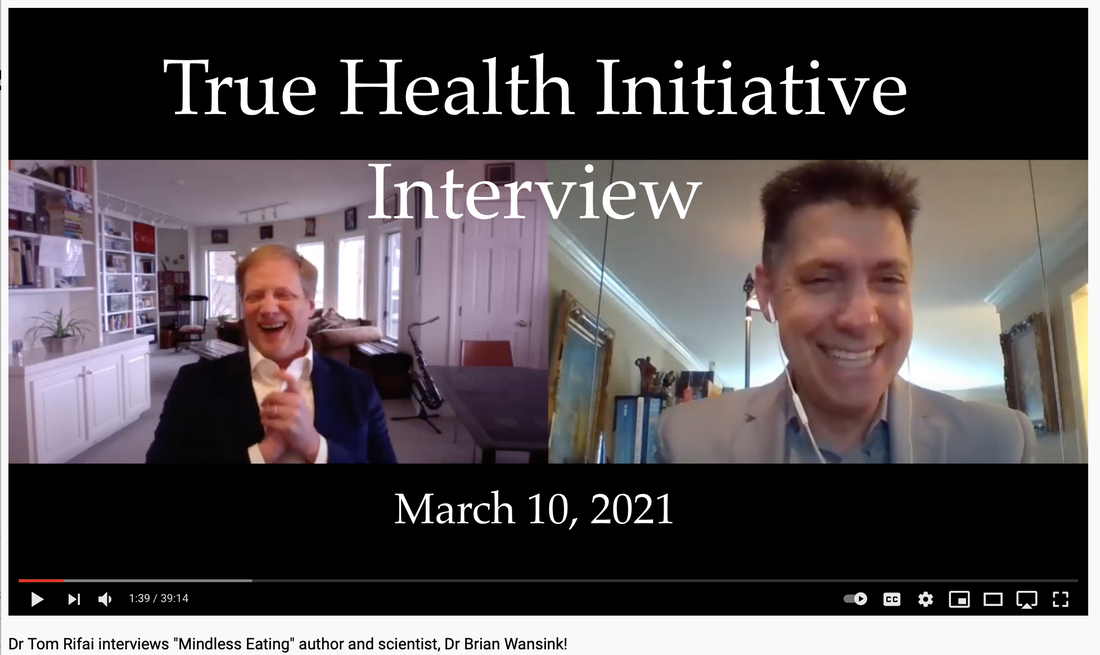
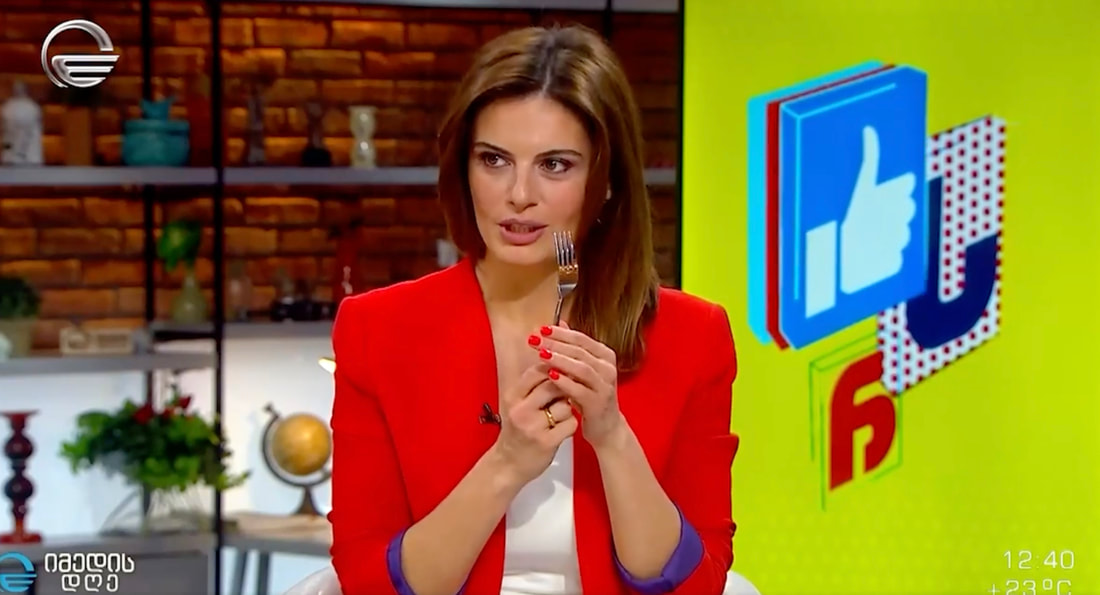
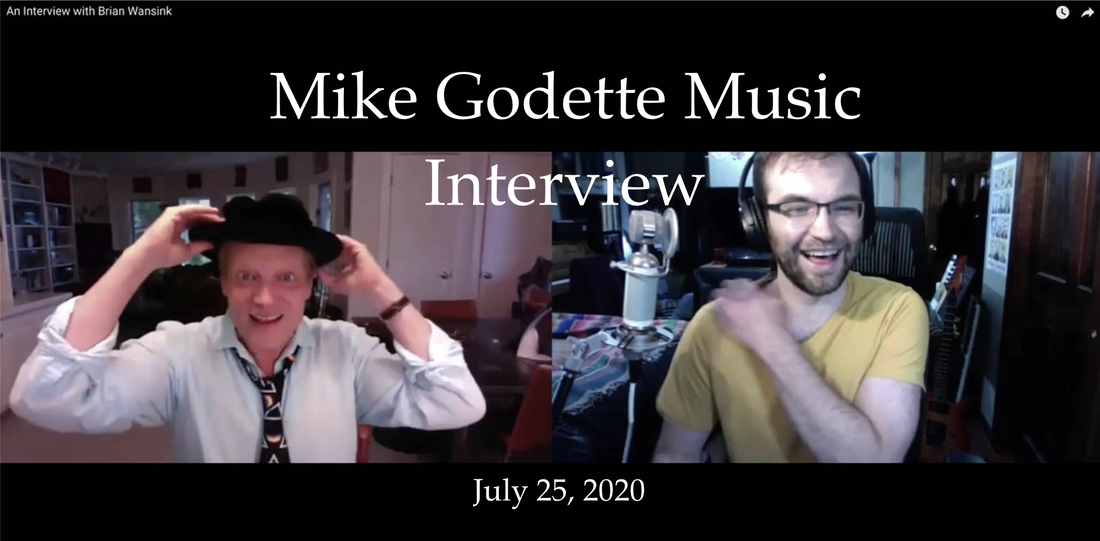

 RSS Feed
RSS Feed